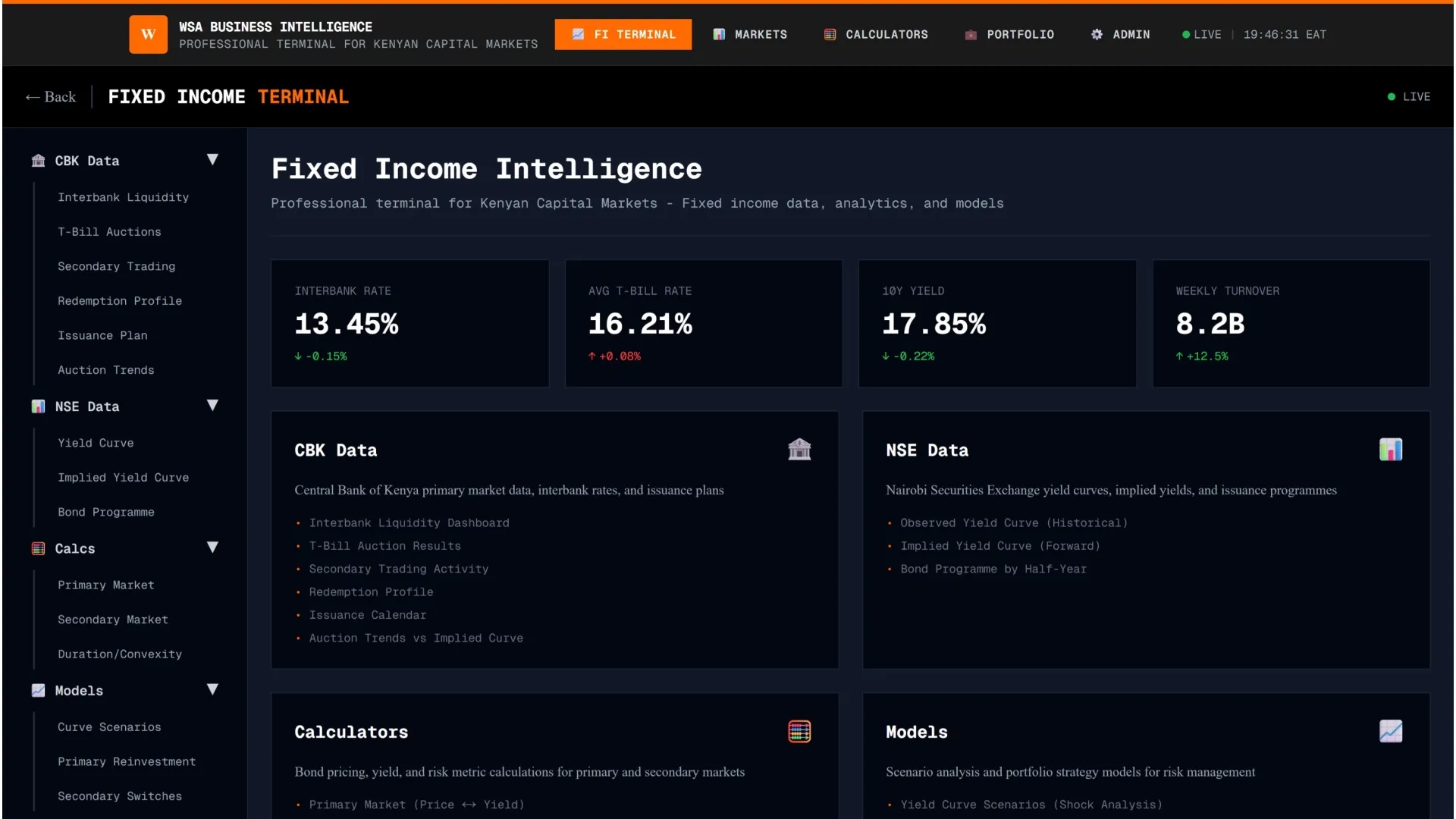Kenya is experiencing a “lost decade” in public expenditure that may last until 2028 due to large fiscal deficits, weak export performance, and sluggish investment growth, the Institute of Public Finance (IPF) has said in its 2025 Macro-Fiscal Analytic analysis.
- •The ability to collect more revenue is being hampered by the government’s inability to onboard the hard-to-tax sectors, among other challenges such as job losses, private sector contraction, and the net effects of reducing public expenditure.
- •This leaves the country with a razor thin margin to withstand any fiscal shocks, as it struggles to balance between lowering expenditure, increasing collections, and repaying public debt.
- •According to the IPF, how the government tackles fiscal transfers to counties, revenue reforms, implementation of social health insurance fund (SHIF), fiscal deficit and debt sustainability are key issues to monitor as the year progresses.
“With revenue generation continuing to face headwinds, aid allocations, particularly in health and infrastructure, have declined, emphasizing the urgency of mobilizing domestic revenue. Additionally, Kenya’s poverty rate remains high for its level of income perpetuated by a dual labour market that generates a small number of well-paying jobs in the formal sector and leaves most in the informal sector on much lower wages,” James Muraguri, CEO of the Institute of Public Finance says.
The Vicious Debt Cycle
The country’s current debt difficulties reflect its lack of fiscal buffers to protect itself against any future potential shocks. With further fiscal restraint, borrowing should decline and the need for additional external financing should be minimized, which should hopefully result in the re-building of both fiscal buffers and foreign exchange reserves which to date have not recovered.
“Large fiscal deficits, elevated debt levels, revenue shortfalls and the need to avoid further borrowing will result to a continuous decline in per capita public spending (excluding interest) in real terms, for several years.,” IPF added.
“There may be a turning point in 2025, but even then, growth will be very slow, and projections suggest that in real terms, non-interest expenditure per capita will get back to 2018 levels only by 2028, partly due to ever-increasing debt interest burden.”
According to IPF, the potential of SHIF to provide universal coverage depends on how well the government overcomes implementation and legal challenges. Another area of concern is the reduced government spending on the health sector which has declined by approximately 7% in real per capita terms over the past five years and falls well short of international benchmarks necessary to attain UHC. Donor on-budget financing for health has gone down, accounting for much of the overall decline in government spending.
The report further noted the mixed picture painted by sectoral analysis, with agriculture rebounding with a 6.5% growth in 2023, driven by favorable rains-albeit low public expenditure in the sector at 3.1% of the national budget, and positive growth in investments in gender-sensitive programs increasing by 32% between 2021/22 and 2023/24. However, burdens persist such as sanitation problems in urban informal settlements, and the triple challenge of malnutrition, with stunted growth and obesity.




